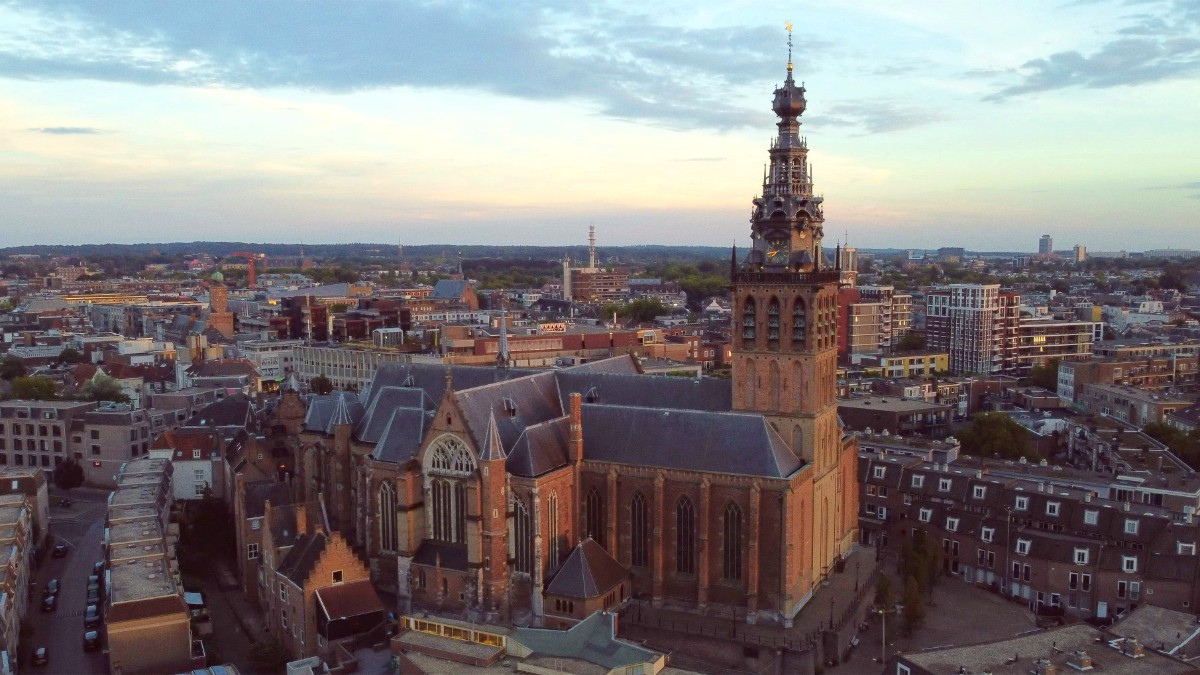
The Netherlands
It is a destination inviting exploration, promising discoveries around every corner. Nijmegen welcomes visitors to experience a rich past alongside a bright, forward-looking present. It provides a travel experience that combines cultural depth with active enjoyment.
Nijmegen is in the eastern part of the Netherlands, within the province of Gelderland. It sits on the southern bank of the Waal River, a major distributary of the Rhine River. This river location has shaped Nijmegen’s history and character, serving as a historic trading route and a natural defensive position.
The surrounding area has the 'Gelderse Poort', a rich river landscape with floodplains, grasslands, and marshes. This includes the Ooijpolder, a significant nature reserve directly east of the city.
Nijmegen's origins trace back to Roman times. Around 19 BC, the Romans established a military camp, Ulpia Noviomagus Batavorum, on the strategic hills overlooking the Waal River. This settlement grew into an important Roman town. Archaeological finds, notably in Valkhof Park, remind visitors of this deep Roman heritage.
Following the Roman era, Nijmegen remained a significant settlement throughout the Middle Ages. Charlemagne, the Holy Roman Emperor, maintained a palace (Valkhof Palace) here in the 8th century. The city received its city rights in 1230. It later became an important Hanseatic city, participating in the powerful trading league that dominated Northern Europe. This period brought prosperity and influence, reflected in the grand architecture of its city center.
Roman military camp established.
Charlemagne's imperial palace in Nijmegen.
City rights granted.
Part of the Hanseatic League.
Focal point of Operation Market Garden, significant bombing.
Nijmegen played a tragic and heroic role during World War II. In September 1944, it was a focal point of Operation Market Garden, a major Allied attempt to secure bridges across Dutch rivers. The bridge over the Waal in Nijmegen was an important objective. The city suffered extensive bombing, which destroyed much of its historic fabric.
Despite devastation, the city rebuilt with resilience, preserving what it could of its past while embracing modernity. This history of destruction and rebirth shapes Nijmegen’s identity.
Today, monuments and museums around the city and nearby (like the National Liberation Museum 1944-1945 in Groesbeek) commemorate this challenging period, providing a powerful connection to recent history alongside its ancient past.
Nijmegen offers a genuine glimpse into Dutch heritage and contemporary living, away from the more crowded capital, yet accessible and equipped for a memorable visit.
Nijmegen presents a captivating blend of historical depth with modern energy. The city boasts a population of over 180,000 people, including a large student community thanks to Radboud University, which lends a youthful and progressive atmosphere.
This heritage, dating back to Roman times, distinguishes it as the oldest city in the Netherlands, visible in landmarks like Valkhof Park and the medieval Stevenskerk.
A busy cultural calendar includes the famous International Four Days Marches and the massive Vierdaagsefeesten.
Its location on the Waal River provides scenic views and access to nature reserves like the Ooijpolder, ideal for cycling and walking.
Culinary experiences range from traditional Dutch fare to international cuisine, with a strong presence of Indonesian restaurants.
The city center is a lively area with abundant shopping, dining, and nightlife options, especially around the Grote Markt and Molenstraat. The city embraces cycling as a main mode of transport, with an extensive network of dedicated bike paths.
A significant student population and lively nightlife appeal to younger visitors.
Cultural sites, museums, and outdoor activities attract a mature audience.
History and river cruises attract an older demographic seeking relaxed exploration.
Preferred by those seeking unique charm and personalized experiences in the city center.
Popular for families or longer stays, offering kitchen facilities and a local feel.
A choice for students and budget-conscious travelers, specifically during events.